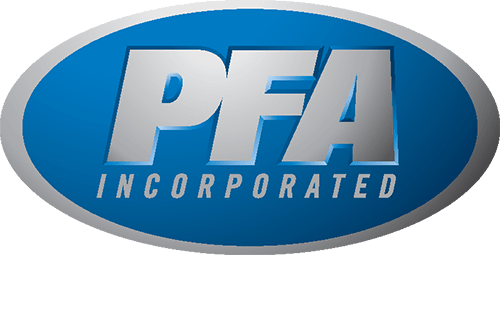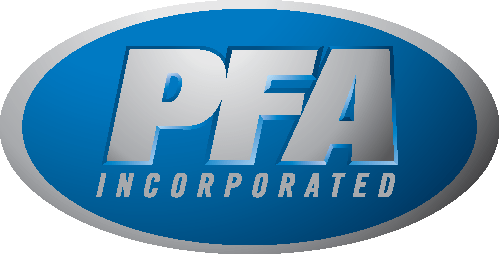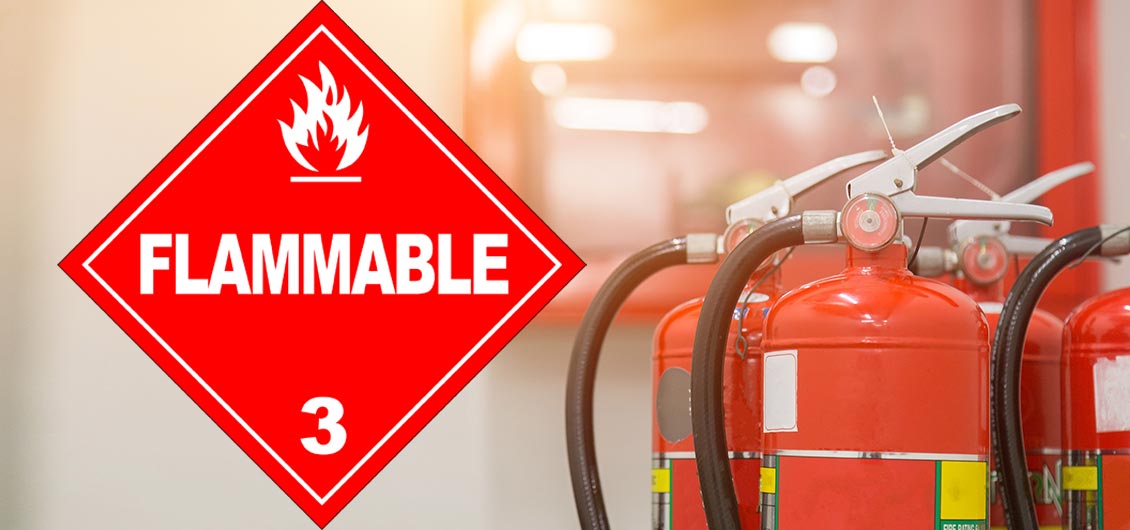Grippers are vital for a successful automation system. Selecting the right one can optimize performance, uptime, and operator safety. In fact, choosing the best gripper for your environment can be the difference between operational success and failure. For this reason, many considerations must be addressed before selecting a gripper, most importantly, knowing your operating environment.
While there have been advances in electric grippers, more than 95 percent of grippers are pneumatic. This will most likely remain the standard for the foreseeable future. There are three primary tasks in which pneumatic grippers are generally used: the first is to hold and grip a product or component while it is transferred, the second is for placing the part or product in a position for future tasks, and the third is to grip a part or product for additional work to be done to it.
Though seemingly straightforward, these tasks are only practical if the optimal gripper is used for the operating environment in which it will be used. With this in mind, there are two common categories of operating environments: a contaminated environment and a clean environment.
Contaminated Environment
High levels of debris, dirt, oil, and grease may be present in a contaminated environment, making it a challenge to keep the gripper free of contaminants and in working condition. Additionally, temperature variations are common in contaminated environments and can affect the internal workings of the gripper, sabotaging its operation. Unclean environments are common in automotive, machining, and general industrial applications.
To counter the contaminated environment, purge ports are available on many grippers. Functioning as an additional air port, the purge port has a channel leading to the internal mechanism of the gripper. The purge port operates by allowing low-pressure air to enter, maintaining positive pressure within the gripper housing while also preventing contaminants from infiltrating the gripper’s internal workings. In more extreme environments, grease fittings may also be required to add new grease to the unit and/or purge dirty grease.
Clean Environment
The focus for a clean environment is quite different – keep anything on or in the gripper from contaminating the clean work environment. Clean environments are typical in the medical, pharmaceutical, food-production, and electronics industries. Only minute airborne or surface contaminants are permitted in these work environments. For this reason, many grippers carry a Clean Room rating to determine optimal placement in a Clean Room Classified environment.
Many gripper models have the option of a scavenge port. Like the purge ports mentioned above, scavenge ports are dual purposed. The only difference is that this port is used to scavenge for contaminants that may be lurking in the gripper itself. The port prevents impurities from escaping into the environment. This is accomplished using a low-level vacuum that creates negative pressure while also drawing the clean air from inside the work atmosphere through the gripper and out of the work cell.
The right gripper with the right accessories can enhance reliability no matter the work environment. Standard or custom-designed shields can be utilized to divert debris from a gripper’s internal workings in a dirty environment or keep internal contaminants contained in a clean room. Shields can be as simple as formed sheet metal covers, flexible boots, bellows, or lip-style wipers. Shields may be standard, optional, or unique to the gripper itself.
Gripper materials and coatings are also essential to consider as they can keep surfaces from corroding or debris from sticking. It is vital to prevent oxidation or bacteria buildup in clean room applications. Additionally, available greases can be high-temperature, water-resistant, or food-grade to better suit the environment.
Why choose PFA for your Automation Solutions?
The operating environment plays a significant role in determining the right gripper solution for your automation system. With so many types, sizes, and configurations on the market, it can be daunting when selecting the optimum gripper for your operating environment. PFA’s team works to determine the best robotic gripper for your application, design, and most importantly, your part or product. Let us help you get a grip on your automation system by contacting us today or calling 262-250-4410.
Flammable sign taken from wikidoc.org


